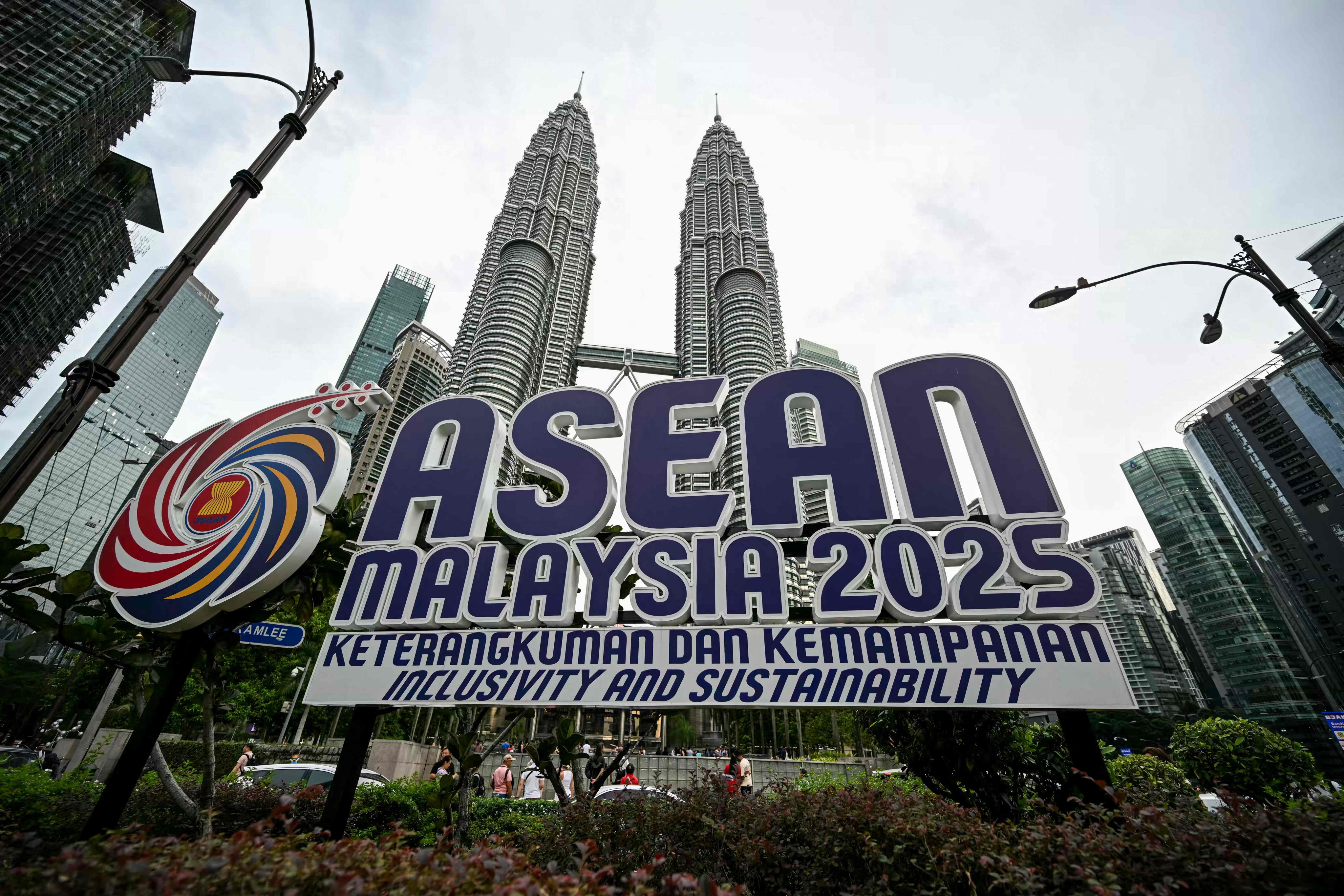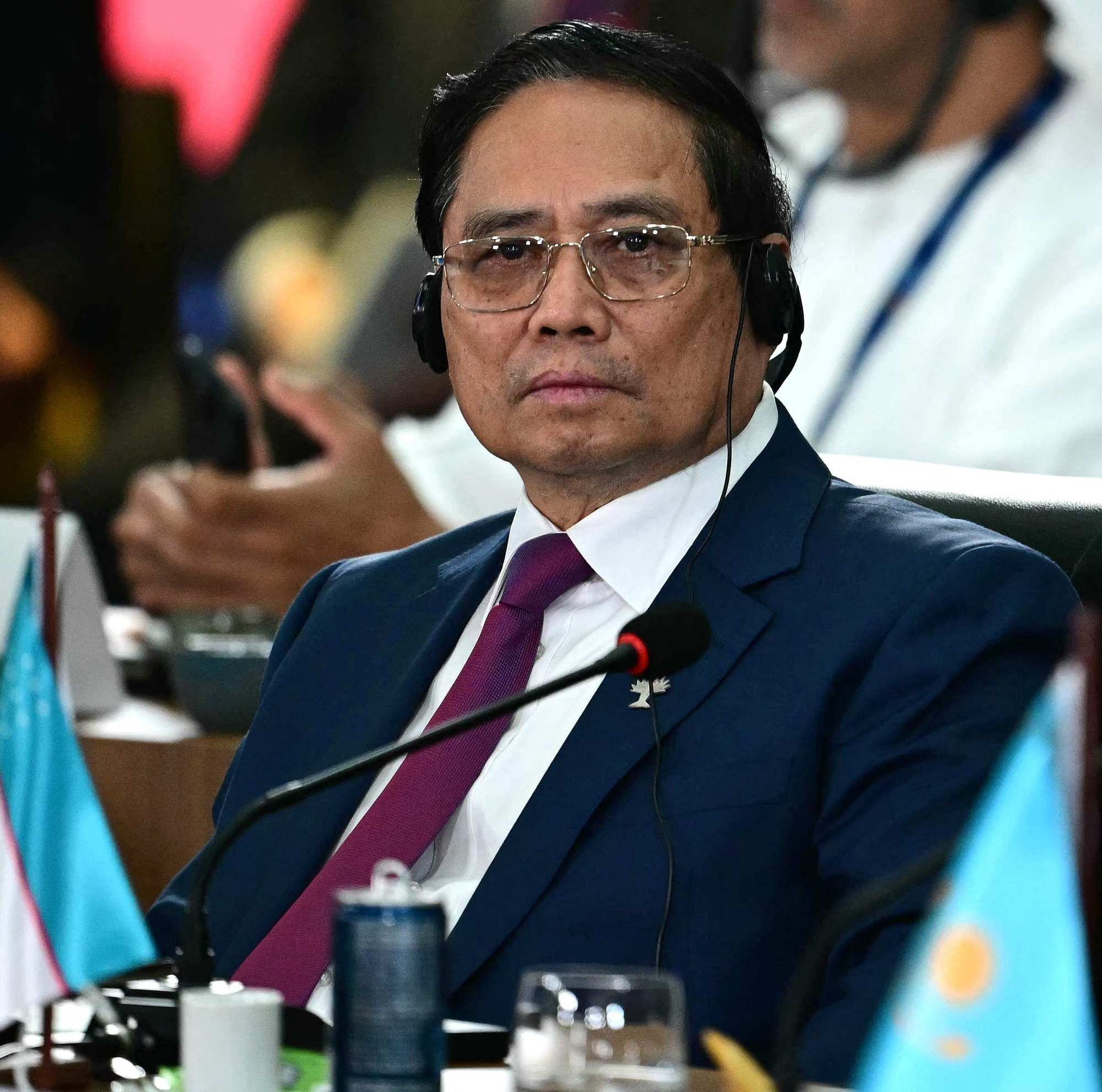Trump’s Vietnam tariff pact challenges Asean unity in key summit
Vietnam’s deal with the US leaves the rest of the bloc’s members more vulnerable to direct pressure from Washington, analysts say

Southeast Asian nations are scrambling to recalibrate their approach to US tariffs ahead of a key diplomatic gathering that starts in Kuala Lumpur on Tuesday, as Washington’s preference for one-on-one trade deals casts doubt over Asean’s collective bargaining power.
US President Donald Trump on Sunday announced a delay to the next round of his sweeping “Liberation Day” tariffs – pushing the deadline from July 9 to August 1 – to give time for finalising deals with 18 major trade partners, including the European Union and India.
One such agreement, struck with Vietnam last Thursday, slashed tariffs by more than half to 20 per cent in exchange for duty-free access for US exports and a hefty 40 per cent levy on goods re-exported through Vietnam’s ports from third countries.
That deal – with the US’ 10th largest trade partner – undercut the Association of Southeast Asian Nations’ earlier push for a united front in dealing with the tariff regime, observers said, leaving the rest of the bloc’s members more vulnerable to direct pressure from Washington.

“The message is clear: Asean unity will not shield members from tariffs,” said Damien Duhamel, managing partner at strategy consultancy Eurogroup Consulting.
“This outcome confirms that Washington is pursuing bilateral, case-by-case deals … Vietnam’s success – however conditional – sets a precedent, but also raises the bar [for negotiations].”
Trump’s tariffs, first unveiled on April 2, are set to hit Southeast Asia particularly hard – with rates as much as 49 per cent imposed on Cambodia, the highest in the region. The move jolted global markets over concerns about being cut off from the world’s largest consumer market and forced nations to consider costly shake-ups of long-established supply chains.
While Asean foreign ministers traditionally steer clear of trade talks, analysts expect the tariffs to dominate discussions during the bloc’s summit in Kuala Lumpur from Tuesday to Friday – especially with US Secretary of State Marco Rubio scheduled to attend the last two days.
It will be the highest-level meeting between Asean and the US since Trump returned to the White House in January.
As this year’s Asean chair, Malaysia has repeatedly emphasised the need for the bloc to persuade the US to recognise Southeast Asia as a single market – both to shield itself from unilateral pressure and to leverage its combined economic strength of nearly 700 million people and a US$3.8 trillion gross domestic product.
“Asean’s approach is hybrid; using multilateral institutions while allowing its member states to negotiate directly with the US,” said Tunku Mohar Tunku Mohd Mokhtar, a political science associate professor with the International Islamic University of Malaysia.
“[This approach] may affect regional cohesion on [tariffs], but it is also realistic considering the competitive nature of the regional economy.”
Volatile shifts
But the region’s biggest challenge, observers said, lay in how it responded to Trump’s volatile policy shifts.
On Sunday, Trump warned that countries seen to align with the “Anti-American policies” of the Brics bloc would be hit with an additional 10 per cent tariff.
“There will be no exceptions to this policy. Thank you for your attention to this matter!” Trump wrote in a social media post. It was not immediately clear what he meant by “Anti-American policies”.
The Brics grouping, named after founding members Brazil, Russia, India, China and South Africa, is widely seen as an alternative to the prevailing global economic model led by the G7.
Indonesia, Asean’s largest economy, was made a full member of Brics last year, while Malaysia and Thailand are partner countries.
Malaysia’s Prime Minister Anwar Ibrahim said on Saturday that Asean had taken steps to increase the use of local currencies in intra-Asean trade, a move that could be seen as veering towards “de-dollarisation” – something that Trump had earlier warned was a red line.
“Of course, we are not talking about de-dollarisation yet, that’s still a long way to go. But at least we are trying [to stabilise trade],” Anwar told a business forum on the sidelines of this year’s Brics Summit hosted in Rio de Janeiro, Brazil.
It remains to be seen how Trump’s latest outburst will weigh on Indonesia, Malaysia and Thailand – which are still in the midst of trade talks with the US – but analysts say it was already a difficult negotiation from the beginning.
“As with any negotiations, none of the Southeast Asian countries can expect to win entirely or secure everything they are bargaining for,” said Adib Zalkapli, managing director at geopolitical and public affairs advisory firm Viewfinder Global Affairs.
“In this case, whatever the outcome, elements of ‘Liberation Day’ tariffs will remain. Do not expect a reset to April 1.”